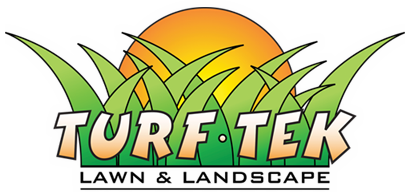FLOWERS
There are several different ways to make profits from flowers: selling flower bulbs, cut flowers, and flower plants. These can be sold in a variety of wholesale and retail ways.
A sizable flower business can be built upon 1/2 acre or less. Thus, flowers are an excellent choice if you have very little space. Here are a few examples of the most popular types of flowers:
(1) Bulbs — canna, crocus, daffodils, gladiolus, iris, lilies, tulips.
(2) Cut flowers — carnations, chrysanthemums, roses, snapdragons.
(3) Live flowers — roses, violets, wildflowers, and virtually all other types of flowers.
Recently, a USDA horticulturist stated that the production of flowers is the fastest growing agriculture business today. The demand far outstrips the supply.
A great way to start making money from flowers is by building a greenhouse. You can then grow plants for selling to the many retail outlets that sell flowers in the spring. A number of people have reported that they completely paid for a $7,000 – $10,000 greenhouse in just one season using this method.
Flowers are always popular and will remain so. If you want to get into this business, you must become knowledgeable. And, more importantly, you must have or develop a love for flowers.
HERBS
Herb crops can be divided into 3 primary groupings. (There are some herbs that may fit into more than one of the following categories.)
(1) Culinary herbs — used for flavorings, or as food.
(2) Fragrant herbs — used for scents, potpourris, and sachets.
(3) Medicinal — herbs used for as herbal remedies.
Herbs are continually becoming more in demand. The demand outstrips the current domestic supply, thus there is plenty of opportunity for growing and selling herbs. It’s a pleasant business that costs little to start, takes little space and can produce a substantial income. One of the best things about herbs is that you can produce a fair amount of income per acre. Some growers produce as much as $12,000 – $15,000 per acre.
Another important fact is that almost all areas of the United States are suitable for growing some type of herbs. Most herb crops can begin producing incomes in the same year they are planted. Therefore, you can plan a herb crop this winter and reap the profits next fall!
You can find sources for herb plants and seeds by looking through the various gardening and farming magazines. Publications like, The Mother Earth News, Fine Gardening, Harrowsmith and Organic Gardening contain many ads for herb suppliers. Look in both the classified and display ad sections.
Herbs can be sold in a wide variety of ways: (1) Direct to the customer as plants. (2) Direct to the customer as a finished product. (3) Wholesaling to retail stores. (4) Wholesaling to bulk herb buyers. (5) Wholesaling to arts and crafts people who use the herbs in other products. (6) Fresh herbs to restaurants.
If you wish to become involved in growing herbs for profit, the first thing to do is to educate yourself about the different herbs. You’ll discover that some herbs take special growing conditions to flourish. Then devise a plan to detail what herbs you will grow and how you’ll market them.
Here are a few examples of some popular herbs from the 3 classes listed earlier.
(1) Culinary herbs — Basil, sage, chives, dill, parsley, mints, savory, rosemary, thyme.
(2) Fragrant herbs — mints, tansy, clove, rue, thyme, rosemary, chamomile.
(3) Medicinal herbs — borage, catnip, ginseng, gold seal, lobelia, pennyroyal, valerian.
Most successful herb growers plant a variety of herbs. They also use several different marketing techniques, such as: direct to the consumer, selling herb plants to other growers, and selling to restaurants. Dried herbs can also be sold by mail order. A few herb growers concentrate on one or to varieties for which there is a big demand. Examples include: peppermint and catnip. Usually, they already have contracts for selling the product to large wholesalers or companies that use the herbs in their products.


